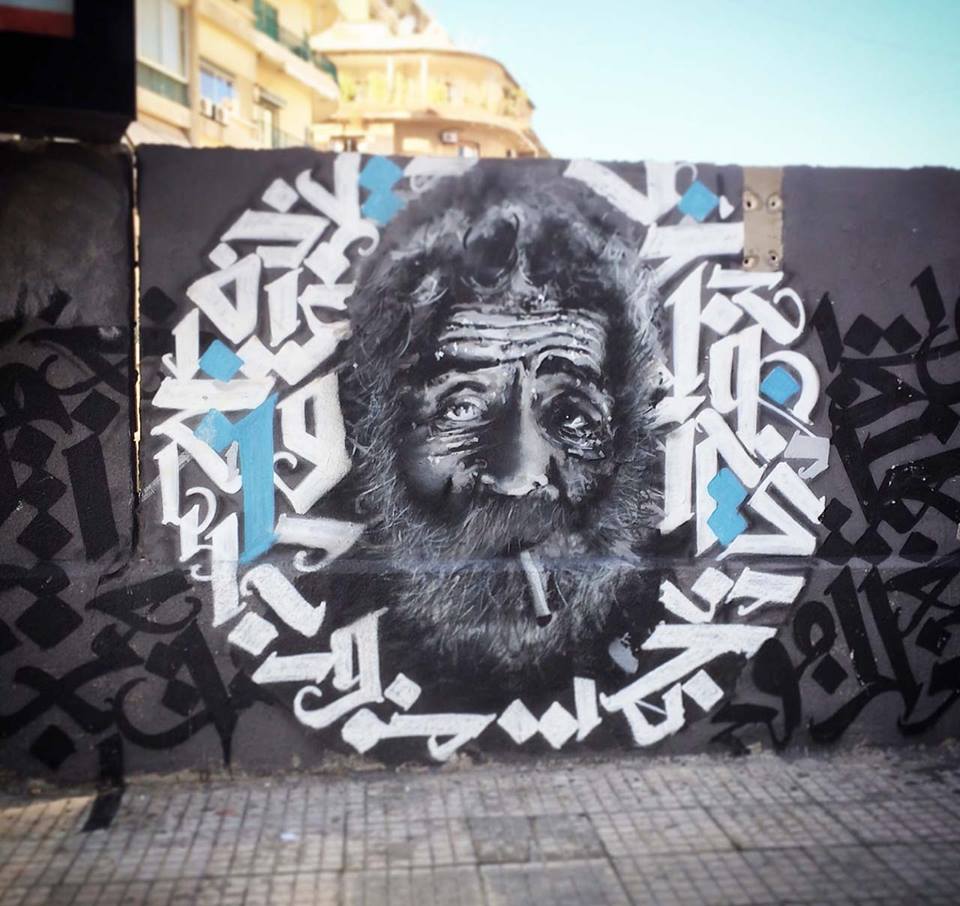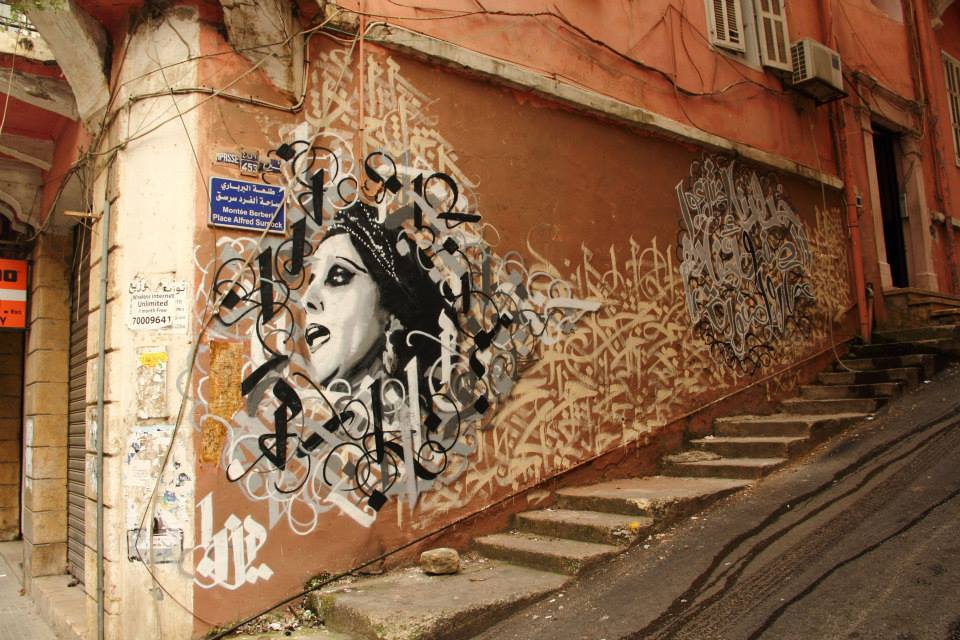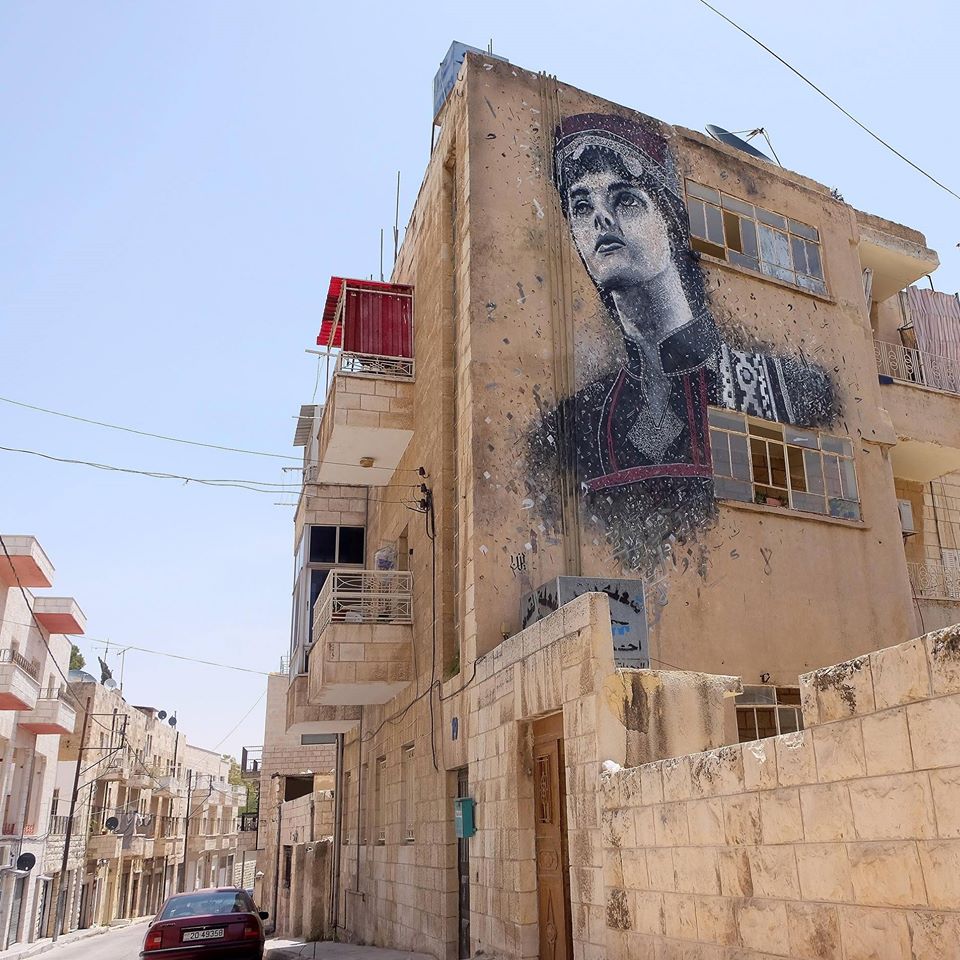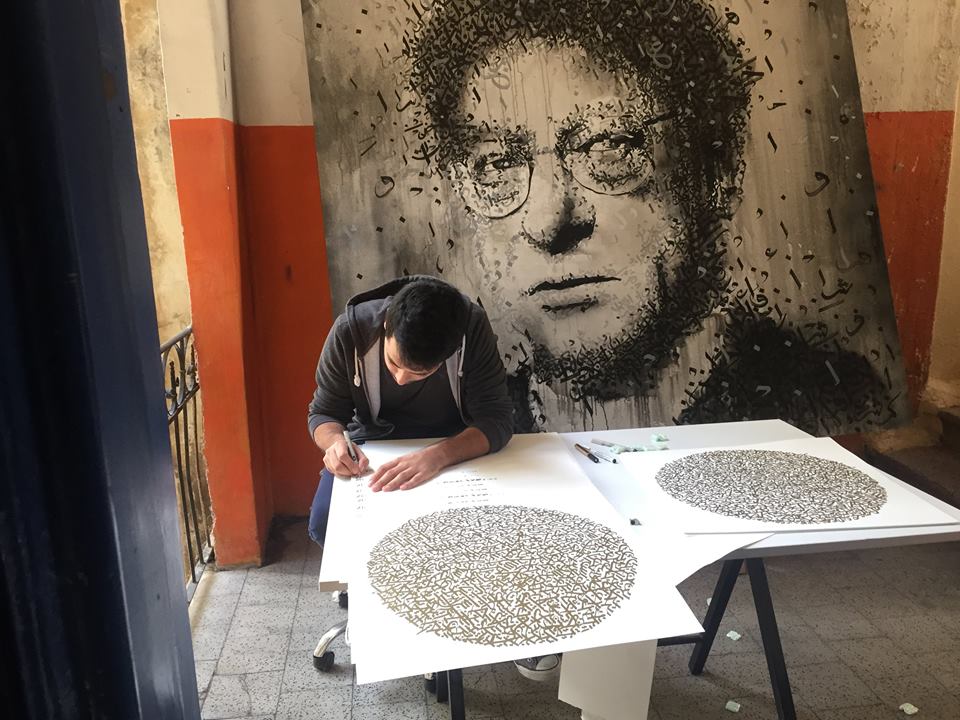Young street artist Yazan Halwani tries to consolidate society split by ethnic and religious differences.
Yazan Halwani creates murals depicting revered Lebanese and Arabian figures on prominent buildings in Beirut. He tries to unite residents of the Lebanese capital split by ethnic and religious differences. Though the Lebanese civil war had officially ended two years before Yazan was born in 1993, ethnic violence is still a routine in Beirut.

The city was divided into two parts during the 15-year war – the eastern one, mostly Christian and French-speaking, and the western one – Muslim and Arabic-speaking. Many armed groups that controlled different parts of Beirut are now political parties. Even today streets remain politicised – full of flags, party logos, stickers and political figures posters.

“I’m trying to show people that it’s very easy to change the city, to make it ours and not belonging to some politicians,” the young artist says.

Halwani thinks people neglected culture and art, so he decided to create street art that would stand out of politicised mainstream that captured streets of Beirut. He depicts the figures that symbolise something counteracting the ethnic and religious identity propagated among city residents by political groups.

He always consults with the locals before drawing a mural to make sure his work will be taken positively. Yazan creates his drawings in a unique style, using Arabic calligraphy and modern elements.
“Graffiti has a strong connotation of vandalism, but in my city most people do vandalism: Lebanese Civil War, corrupt politicians. This is why I try to make my murals a constructive expression of the city,” Yazan Halwani says about his works.
Subscribe to our mailing list:


